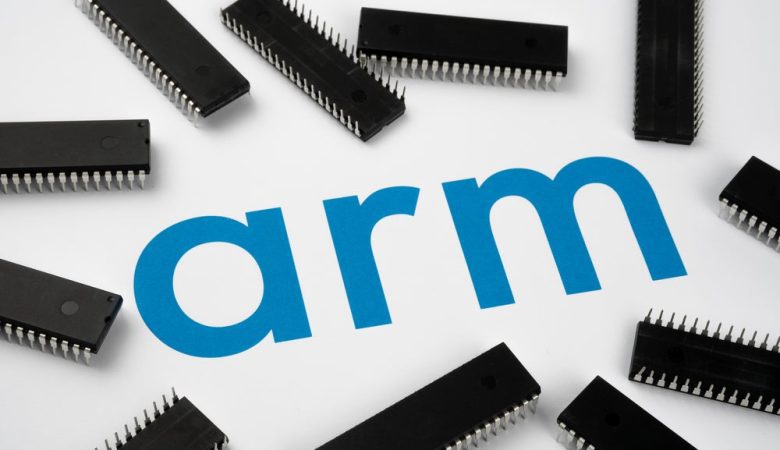
Organizations need to weigh various factors to make an informed decision about choosing and buying the right network automation tool. The concept of network automation has been around since the advent of the network. Until now, the development of network automation has been slow for many reasons, including resistance from some network engineers. But various factors are now coming together, driving the need for network automation tools.
One factor is that more and more network teams are beginning to feel the pain of working in a fast-paced digital world, and the original method simply does not work. The manual method of configuring and updating routers and switches through the command line interface (CLI) is too slow and error-prone.
In addition, the rise of software-defined networking (SDN), including software-defined WAN (SD-WAN), has enabled network automation tools to evolve from focused products for operations such as change management and configuration into strategy and orchestration tools.
Today, network automation tools are strategically important to achieve business consistency and provide a roadmap based on the ideal state of a system of intent where the network can operate and protect itself. Here are seven key criteria companies should consider when choosing the right network automation tool.
(1) Single supplier or multiple suppliers?
There are several third-party and vendor-specific network automation tools today. Red Hat, NetBrain, and Forward Networks are three industry-leading multi-vendor tools. Major network vendors, including Cisco, Juniper, Arista, and Extreme, have their own automation platforms. Companies need to determine whether they want to work with one supplier or with multiple suppliers, which is the choice that companies need to make. If you choose a single vendor platform, you need to ensure that it works with the entire product line of the vendor, not just a subset. If you choose a third-party tool, you need to choose a tool that supports current and future vendors whose devices will be used in the corporate network.
(2) Breadth of API
It is important that network automation tools must interact with other tools such as ServiceNow and Splunk. This means that every feature can be used as an API, but this is not always the case. Even if only one tool is currently used, it may be necessary to interface with another application in the near future for wider automation capabilities, so this should not be overlooked.
(3) Orchestration
When network equipment changes, usually other elements of the infrastructure also change. For example, after adding a network device, you may need to change firewall settings or connect to a load balancer. This drives the need for business process capabilities, so network automation tools can trigger other automation frameworks to change their devices upstream or downstream.
(4) Artificial intelligence / intent-based network functions
The concept of intent-based networking is that it can operate, repair, and protect itself. Because the environment is changing too fast, this cannot be done through a series of rules. Instead, artificial intelligence functions should be included in the system to fully automate all operations so that the network itself can adapt to change.
ZK Research recommends that the system have two modes of operation: one for engineers to suggest changes to execute, and one to fully implement changes without human intervention. This will enable customers to adapt to artificial intelligence first. A question for ZK Research is, how do you know that it’s really based on artificial intelligence? The answer is that the tool will become smarter over time. All changes should be fed back into the system as part of the learning dataset and make the system smarter.
(5) SaaS or internal deployment?
Traditional network automation tools are only available as on-premises software or equipment. Increasingly businesses are buying tools in a software as a service (SaaS) model to ensure rapid deployment and continuous updates. Similarly, companies need to determine the options that best fit their operating model and compliance requirements. Note: ZK Research believes that all solutions will eventually be mixed. Customers can save data in on-premises data centers, but advanced artificial intelligence capabilities and cross-company comparisons will be done in the cloud platform. On-premises solutions do not have the necessary capabilities to provide real-time artificial intelligence capabilities.
(6) Compliance and Safety Report
Industry-leading organizations are continuously pushing for the integration of IT and security operations. This means that network automation tools need to provide information to demonstrate continued compliance with security policies and compliance requirements. Reporting needs to provide visibility into all phases of the network life cycle, including planning, deployment, and optimization.
(7) Ease of use
This is a component often overlooked by management platforms. A feature-rich tool with a longer learning curve can take years for the IT team to realize its full value. Similarly, when a product is too technical, the company ’s business will be at risk if the employee who knows the product most leaves.
Network automation tools should be based entirely on a graphical interface (GUI), which means that every function available through the command line interface (CLI) should also be accessible through a graphical interface. These tools should also be easy to use so that employees can use it.











